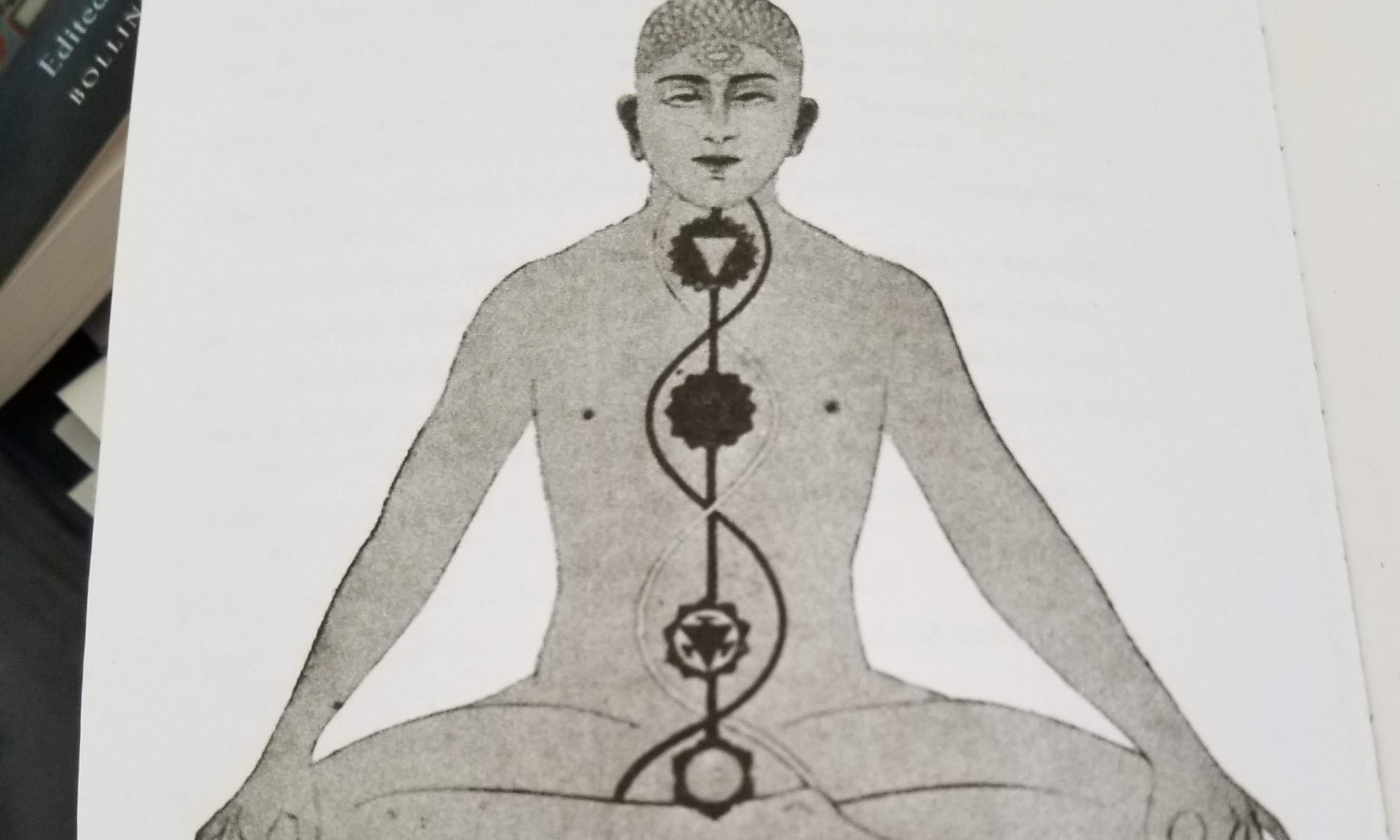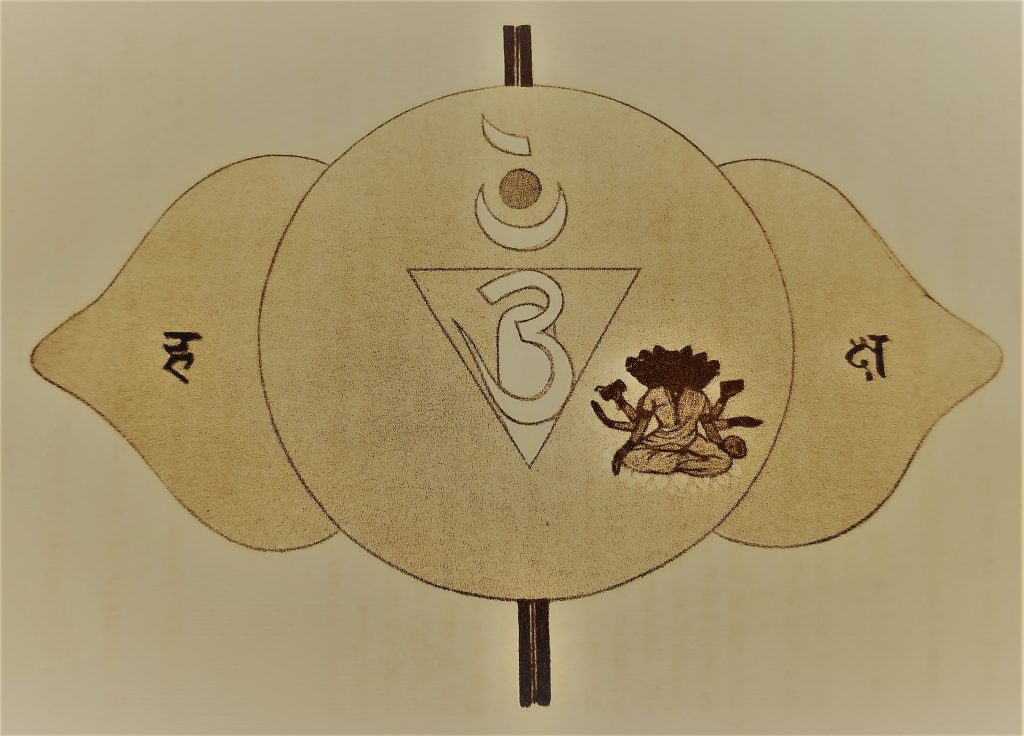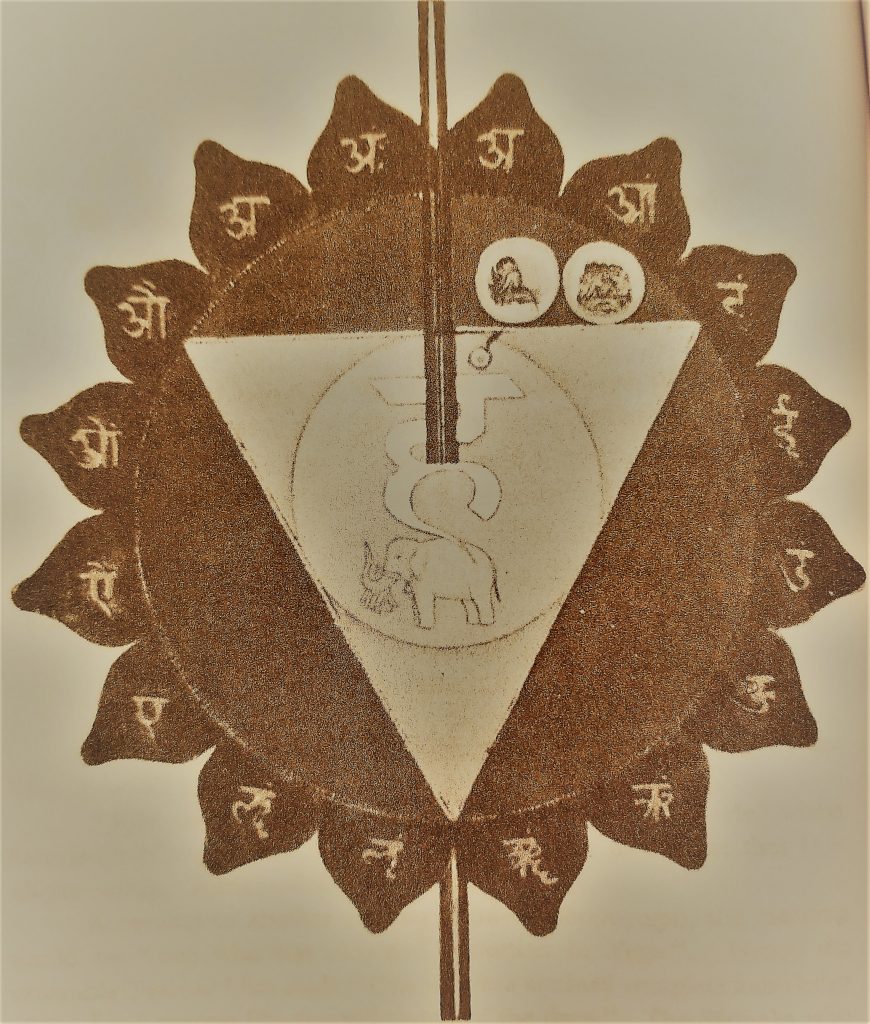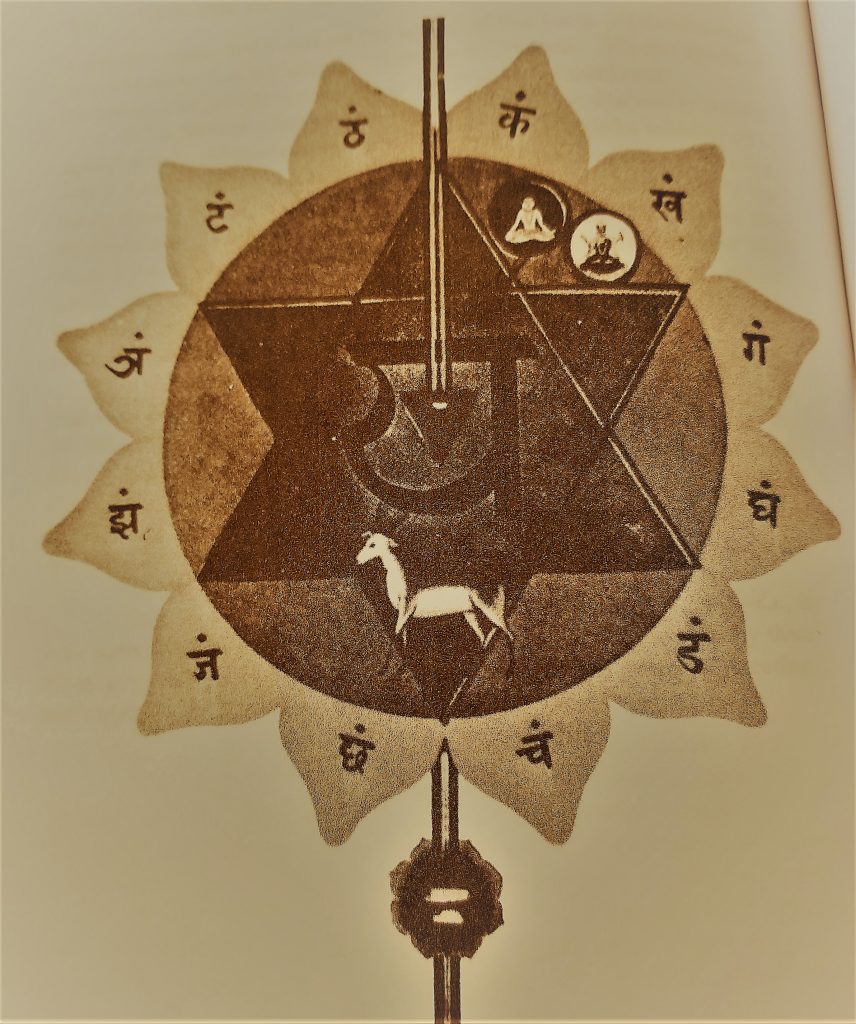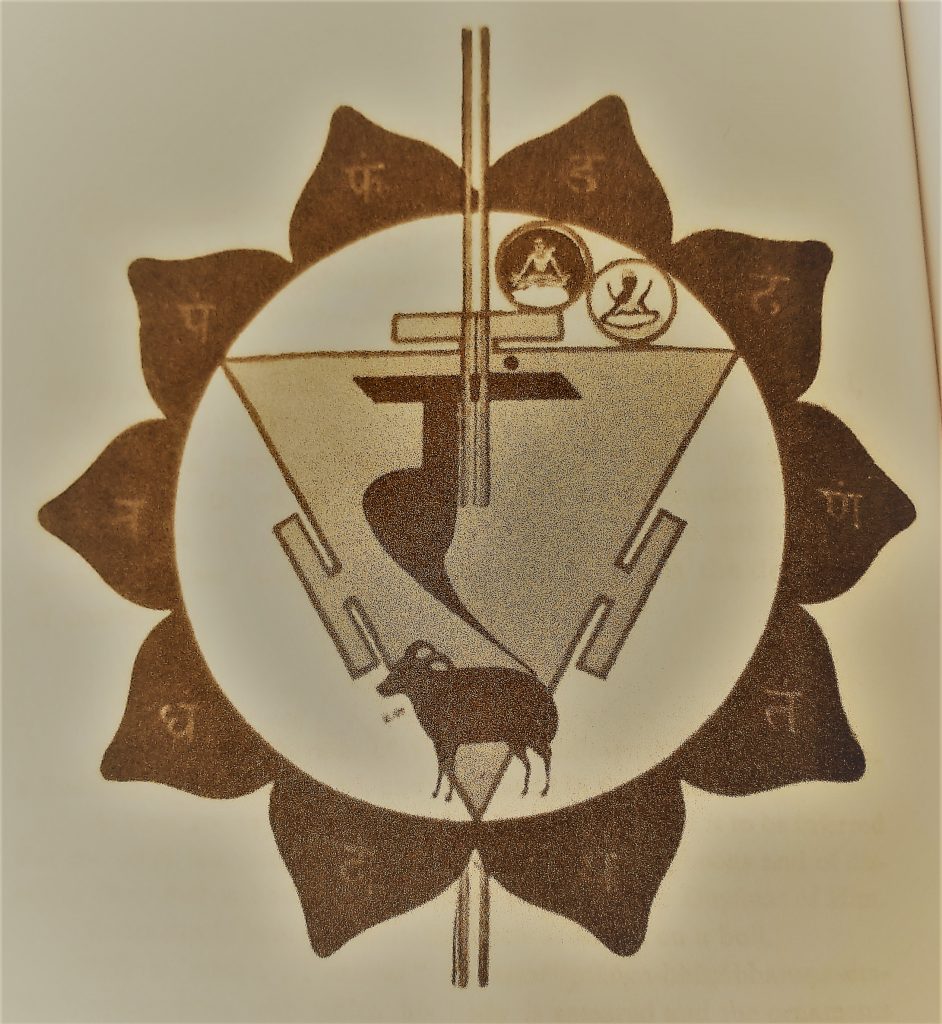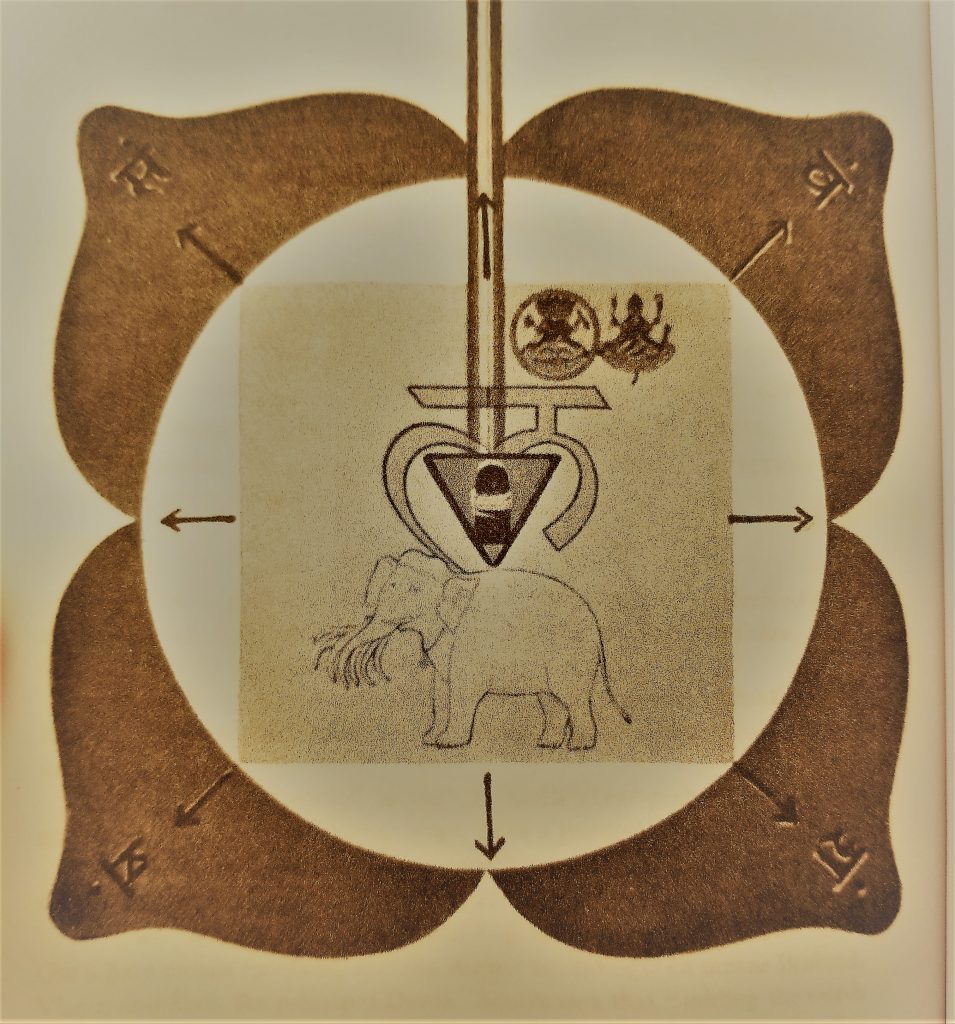The right of citizens of the United States to vote shall not be denied or abridged by the United States or by any State on account of sex.
Amendment XIX to the US Constitution
Congress shall have power to enforce this article by appropriate legislation.
Technically this post is off-theme today, but it is important-enough topic that I know you won’t mind. Today we are celebrating the 19th Amendment to the United States Constitution.
The 19th Amendment prohibits states from restricting voting rights on the basis of sex.
Ah, that’s nice, so what.
Here’s the thing: the 19th Amendment was ratified in 1920! Yes, 1920, not even 100 years ago.
Oh, well, I’m sure it was just an oversight. You are? Well then, why was language removed from the 14th amendment that would have included women’s suffrage? Do you know when the 19th amendment was introduced to Congress? 1878! Um yeah, that is 42 years from the time that the legislation was introduced until the time it was ratified.
And this is why, even though I grew up thinking that women were equal citizens with full rights, that women’s legal status is a precious and precarious thing and should not be taken for granted.
In the early days of the republic, voting rights were generally limited by states to “freeholders.” A freeholder was defined as a person who owned land worth a certain amount of money. Now, women were denied the right to own property through coverture laws, legal doctrine by which a woman’s legal rights and obligations were subsumed by those of her husband. So, by default, women would not have the right to vote as they couldn’t be “freeholders”.
As time went on, property restrictions began to be eliminated as a condition for suffrage. In parallel, women’s rights advocates were focused abolishing coverture; however, by this point the two issues were being treated as mutually exclusive. New York State’s Married Women’s Property Act of 1848 made substantial changes to the existing laws concerning the rights of women to own and control property, influencing other states’ legislation as well as the language of the Homestead Act of 1862, which allowed the applicant for a land grant to be of either gender (it specifically indicates, “he or she….”).
As women began to gain rights as property holders, they were expected to pay taxes on their assets although they continued to be denied the right to vote. Now what was that whole American revolution thing about again? Taxation without representation? I see…
Opponents of the 19th amendment claimed that giving women the right to vote would harm the institution of marriage as women were already represented in the public sphere through their husbands. These arguments succeeded in blocking women’s suffrage as part of the 14th amendment in 1868, which specifies that voting rights shall be granted to “male inhabitants.” And the fifteenth amendment, ratified in 1870 to clarify the intent of the 14th, states that voting rights “shall not be denied or abridged…on account of race, color, or previous condition of servitude,” and pointedly does not include sex.
Rather than falling too far down the rabbit hole of the history of women’s legal rights in the United States at this point (don’t worry, there will be more coming down the pipe), let’s celebrate that on August 18, 1920, the 19th Amendment to the US Constitution was ratified. And let’s plan a big party next year for the centennial. In the meantime, never forget that women’s inclusion in the public sphere has been hard-fought and piecemeal and that we must be vigilant about defending the status of women as fully vested citizens.


